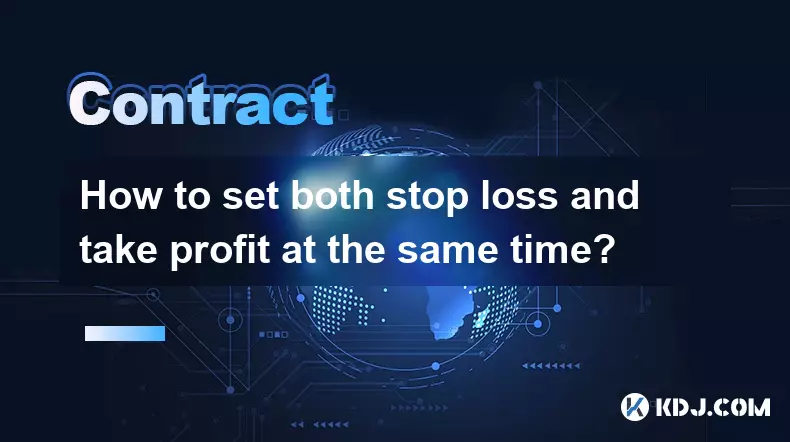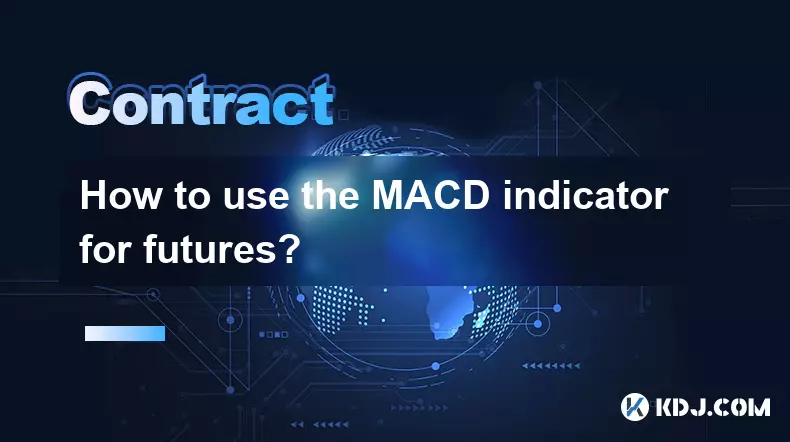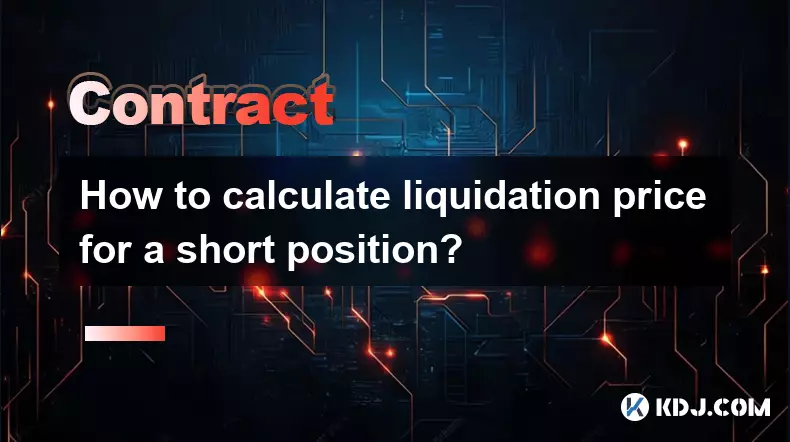-
 Bitcoin
Bitcoin $111100
0.49% -
 Ethereum
Ethereum $4304
0.21% -
 XRP
XRP $2.888
2.36% -
 Tether USDt
Tether USDt $0.9999
-0.03% -
 BNB
BNB $879.1
1.62% -
 Solana
Solana $207.9
2.67% -
 USDC
USDC $0.9998
-0.01% -
 Dogecoin
Dogecoin $0.2320
7.05% -
 TRON
TRON $0.3306
0.59% -
 Cardano
Cardano $0.8407
1.68% -
 Hyperliquid
Hyperliquid $48.50
3.55% -
 Chainlink
Chainlink $22.52
0.46% -
 Ethena USDe
Ethena USDe $1.001
-0.02% -
 Sui
Sui $3.395
0.74% -
 Bitcoin Cash
Bitcoin Cash $602.5
0.82% -
 Stellar
Stellar $0.3645
1.67% -
 Avalanche
Avalanche $24.82
0.93% -
 Hedera
Hedera $0.2211
0.99% -
 UNUS SED LEO
UNUS SED LEO $9.606
0.00% -
 Cronos
Cronos $0.2583
-2.44% -
 Litecoin
Litecoin $113.7
0.82% -
 Toncoin
Toncoin $3.094
0.39% -
 Shiba Inu
Shiba Inu $0.00001254
1.50% -
 Polkadot
Polkadot $4.040
4.96% -
 Uniswap
Uniswap $9.429
0.08% -
 Dai
Dai $0.9999
-0.01% -
 Ethena
Ethena $0.7629
3.04% -
 World Liberty Financial
World Liberty Financial $0.2111
-13.16% -
 Monero
Monero $269.9
0.50% -
 Aave
Aave $300.9
-0.41%
How to short Ethereum on Bybit?
Short selling Ethereum on Bybit allows traders to profit from price declines using leveraged derivatives like perpetual contracts, with risk management crucial to avoid liquidation.
Sep 08, 2025 at 06:36 pm

Understanding Short Selling on Bybit
1. Short selling Ethereum on Bybit involves borrowing ETH or using derivative contracts to profit from a potential price decline. This strategy allows traders to open a sell position first and later buy back at a lower price to close the trade, capturing the difference as profit.
2. Bybit offers perpetual contracts and inverse futures that support shorting Ethereum with leverage. These instruments are settled in cryptocurrency, primarily BTC or ETH, and allow traders to go short without owning the underlying asset.
3. To initiate a short, users must access the derivatives trading interface, select the appropriate Ethereum contract pair such as ETH/USD, and switch to the “Sell” order option. The platform provides real-time market data and liquidation price calculations to help manage risk.
4. Traders can choose between isolated and cross margin modes. Isolated margin limits risk to a specified amount, while cross margin uses the entire wallet balance, increasing exposure but potentially improving leverage efficiency.
5. Funding rates apply to perpetual contracts and are exchanged between long and short positions every eight hours. When funding rates are positive, short sellers pay long holders, which is a cost to consider when holding short positions over time.
Step-by-Step Guide to Short Ethereum
1. Log into your Bybit account and navigate to the “Derivatives” section. Select “Inverse Contracts” or “USDT Contracts” depending on your preference for settlement currency. For Ethereum, ETHUSD (Inverse) or ETHUSDT (Linear) are common choices.
2. Choose the contract type—perpetual or futures—and set your leverage. Bybit allows leverage up to 100x on certain pairs. Adjust the leverage slider to a level aligned with your risk tolerance. Higher leverage increases both potential gains and liquidation risk.
3. Click on the “Sell” button to open a short position. Enter the contract quantity you wish to sell. The system will display your estimated entry price, margin required, and liquidation price based on current market conditions.
4. Select your order type: limit, market, or conditional (stop-limit/stop-market). A market order executes immediately at the best available price, while a limit order allows you to specify the desired entry price.
5. Confirm the order and monitor your open position in the “Positions” tab. You can set take-profit and stop-loss levels to automate exit strategies and protect against adverse price movements.
Risks and Risk Management
1. Liquidation is a major risk when shorting Ethereum, especially with high leverage. If the price rises sharply, your position may be automatically closed to prevent further losses, resulting in the total loss of your margin.
2. Volatility in the Ethereum market can trigger rapid price swings, particularly during network upgrades, macroeconomic events, or major exchange listings. These fluctuations can impact short positions significantly within minutes.
3. Funding fees accumulate over time and can erode profits, especially during prolonged bullish trends when short positions pay longs. Traders should monitor the funding rate before opening and holding short trades.
4. Slippage may occur during high volatility, especially with market orders. This means your sell order could execute at a less favorable price than expected, affecting entry and exit efficiency.
5. Margin calls can happen in cross-margin mode if other positions deplete equity. Maintaining sufficient isolated margin and avoiding over-leveraging helps reduce the chance of unexpected liquidation.
Monitoring and Closing Your Short Position
1. After opening a short, track the position through the “Positions” panel. Key metrics include unrealized P&L, entry price, liquidation price, and maintenance margin.
2. To close the position, click “Buy” for the same contract amount. This action buys back the ETH you previously sold, locking in your profit or loss based on the price difference.
3. Use conditional orders to automate exits. For example, set a take-profit at a lower price target and a stop-loss above resistance to limit downside if the market reverses.
4. Review your trading history in the “Order” and “Transaction” tabs to analyze performance. Understanding past trades helps refine future shorting strategies on Bybit.
5. Adjust your position size and leverage based on market sentiment and technical analysis. Avoid emotional decisions during sharp price movements and stick to predefined risk parameters.
Frequently Asked Questions
What happens if my short position gets liquidated?If the Ethereum price rises and hits your liquidation price, Bybit will automatically close your position to prevent further losses. The system uses your initial margin to cover the deficit, and you may lose the entire margin amount.
Can I short Ethereum with USDT on Bybit?Yes, Bybit offers linear perpetual contracts denominated in USDT, such as ETHUSDT. These allow you to short Ethereum with stablecoin settlement, making profit and loss calculations more straightforward compared to inverse contracts.
How are funding fees calculated for short positions?Funding fees are determined by the difference between perpetual contract prices and the underlying index price. If the funding rate is positive, short sellers pay long holders every eight hours. The fee is proportional to your position size and is deducted directly from your wallet.
Is it possible to short Ethereum without leverage on Bybit?While Bybit is primarily designed for leveraged trading, you can set leverage to 1x, effectively trading without amplified exposure. This reduces risk but also limits potential returns, making it suitable for conservative shorting strategies.
Disclaimer:info@kdj.com
The information provided is not trading advice. kdj.com does not assume any responsibility for any investments made based on the information provided in this article. Cryptocurrencies are highly volatile and it is highly recommended that you invest with caution after thorough research!
If you believe that the content used on this website infringes your copyright, please contact us immediately (info@kdj.com) and we will delete it promptly.
- XRP Teleport to $6? Analyzing the Hype and Reality
- 2025-09-08 20:45:18
- PEPD vs. SHIB: The Meme Coin Showdown of 2025
- 2025-09-08 21:25:16
- BlockchainFX: The Presale with High ROI That's Got Everyone Talking
- 2025-09-08 21:05:12
- Shiba Inu, Pepe Dollar, Analysts: The Meme Coin Evolution
- 2025-09-08 21:25:16
- Bitcoin Demand Shifts: Why HYPER Token Presale is Booming
- 2025-09-08 21:05:12
- Meme Coins in 2025: Underdogs Set to Outperform the Market?
- 2025-09-08 20:30:12
Related knowledge

How to set both stop loss and take profit at the same time?
Sep 06,2025 at 04:36pm
Understanding Simultaneous Stop Loss and Take Profit Orders1. Placing both stop loss and take profit orders at the same time is a standard practice in...

What is copy trading for crypto futures?
Sep 07,2025 at 02:00am
What Is Copy Trading in Crypto Futures?1. Copy trading in crypto futures allows investors to automatically replicate the trades of experienced traders...

What are the best indicators for day trading crypto futures?
Sep 08,2025 at 10:18am
Top Technical Indicators for Crypto Futures Day Trading1. The Relative Strength Index (RSI) is widely used to identify overbought or oversold conditio...

How to use the MACD indicator for futures?
Sep 07,2025 at 09:00pm
Understanding the MACD Indicator in Futures Trading1. The MACD (Moving Average Convergence Divergence) indicator is a momentum oscillator widely used ...

What to do if you are about to be liquidated?
Sep 06,2025 at 01:00am
Understanding Liquidation in the Crypto Market1. Liquidation occurs when a trader’s margin balance falls below the required maintenance margin, forcin...

How to calculate liquidation price for a short position?
Sep 08,2025 at 03:54am
Understanding the Basics of Short Position Liquidation1. A short position in the cryptocurrency market involves borrowing an asset and selling it imme...

How to set both stop loss and take profit at the same time?
Sep 06,2025 at 04:36pm
Understanding Simultaneous Stop Loss and Take Profit Orders1. Placing both stop loss and take profit orders at the same time is a standard practice in...

What is copy trading for crypto futures?
Sep 07,2025 at 02:00am
What Is Copy Trading in Crypto Futures?1. Copy trading in crypto futures allows investors to automatically replicate the trades of experienced traders...

What are the best indicators for day trading crypto futures?
Sep 08,2025 at 10:18am
Top Technical Indicators for Crypto Futures Day Trading1. The Relative Strength Index (RSI) is widely used to identify overbought or oversold conditio...

How to use the MACD indicator for futures?
Sep 07,2025 at 09:00pm
Understanding the MACD Indicator in Futures Trading1. The MACD (Moving Average Convergence Divergence) indicator is a momentum oscillator widely used ...

What to do if you are about to be liquidated?
Sep 06,2025 at 01:00am
Understanding Liquidation in the Crypto Market1. Liquidation occurs when a trader’s margin balance falls below the required maintenance margin, forcin...

How to calculate liquidation price for a short position?
Sep 08,2025 at 03:54am
Understanding the Basics of Short Position Liquidation1. A short position in the cryptocurrency market involves borrowing an asset and selling it imme...
See all articles

























![[Pycoin] PI Coin -US President (Trump) Declaration ?? !! 'US' runs first. / Paikoin mining speed acceleration [Pycoin] PI Coin -US President (Trump) Declaration ?? !! 'US' runs first. / Paikoin mining speed acceleration](/uploads/2025/09/08/cryptocurrencies-news/videos/pycoin-pi-coin-president-trump-declaration-runs-paikoin-mining-speed-acceleration/68bed38c01e7a_image_500_375.webp)































































